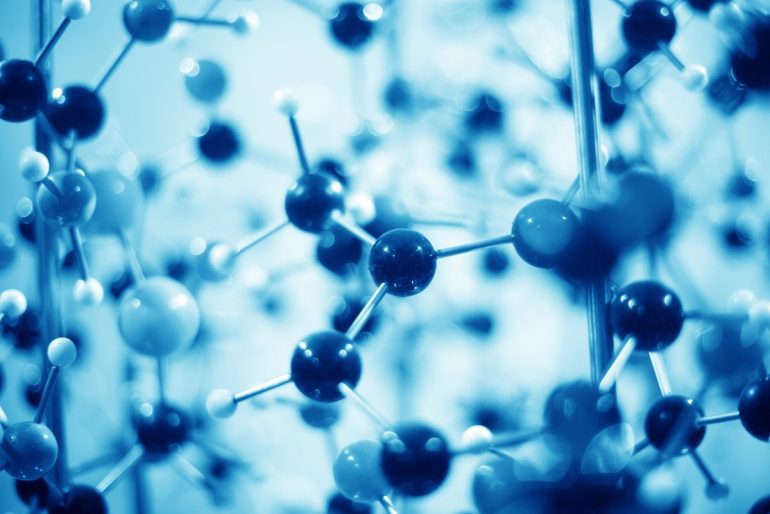- Alexander Graham Bell’s call to explore the science of smell sparked a revolution in machine olfaction.
- Machine learning, particularly deep learning, plays a pivotal role in correlating molecular structures with human-readable odor descriptors.
- The scarcity of verbal descriptions for smells posed a significant challenge until initiatives like the DREAM Olfaction Prediction Challenge catalyzed progress.
- Breakthroughs, including the use of graph neural networks, have propelled machine olfaction into a new era of sophistication.
- Applications range from personalized perfumes to disease detection, promising transformative impacts on various industries.
Main AI News:
Over a century ago, Alexander Graham Bell stirred the imagination of National Geographic readers by urging them to embark on a novel scientific endeavor – the exploration of smell. While sciences rooted in sound and light measurements thrived, the realm of odor remained uncharted. Bell’s call to action resonates today as advancements in machine olfaction, or digitized smell, endeavor to meet this longstanding challenge.
Machine olfaction confronts the intricacies of the human sense of smell, a complexity underscored by approximately 400 types of receptor cells in the nose. Like human olfaction, machine olfaction begins with sensors tasked with detecting and identifying airborne molecules, mimicking the functions of human olfactory receptors.
However, for machine olfaction to be truly impactful, it must transcend mere detection. It necessitates an understanding of how humans perceive specific odors, a feat achievable through machine learning. Deep learning, a subset of machine learning, assumes a pivotal role in this quest by correlating molecular structures with human-readable odor descriptors.
Yet, the efficacy of machine learning hinges on vast datasets, a challenge compounded by the scarcity of verbal descriptions for smells compared to other sensory stimuli. This limitation hindered progress until the inception of the DREAM Olfaction Prediction Challenge in 2015, catalyzing a paradigm shift.
The competition, spearheaded by biologists Andreas Keller and Leslie Vosshall, spurred global participation in developing machine learning models capable of predicting odor labels based on molecular compositions. The ensuing breakthroughs, including the triumph of the random forest technique, heralded a new era in machine olfaction.
As a machine learning researcher deeply vested in chemistry and psychiatry, the DREAM challenge captured my attention, resonating with my familial ties to perfumery and chemistry. Subsequent initiatives like the Pyrfume Project and the emergence of larger datasets fueled momentum, culminating in transformative strides.
In 2019, Google Research, under Alexander Wiltschko’s leadership, leveraged graph neural networks to pioneer a groundbreaking model, marking a watershed moment in machine olfaction. Wiltschko’s venture, Osmo, epitomizes this advancement’s potential, aiming to furnish computers with a sense of smell.
Recent breakthroughs, exemplified by the creation of a principal odor map, underscore the convergence of molecular intricacies and perceptual nuances. This paradigm shift holds profound implications, from personalized fragrances to disease detection, heralding a future where machines not only perceive smells but also interpret them intelligibly.
As we unravel the enigma of smell, the horizon of possibilities expands, promising a future where sensory experiences transcend the realm of the imaginable. In this olfactory odyssey, the trajectory is clear – the scent of progress is unmistakable.
Conclusion:
The advancements in machine olfaction signify a transformative shift in sensory technology, promising a future where computers possess the ability to perceive and interpret smells intelligibly. This revolution opens up a plethora of opportunities across industries, from personalized consumer goods to advanced healthcare diagnostics, heralding a scent-filled future ripe with innovation and possibility.

